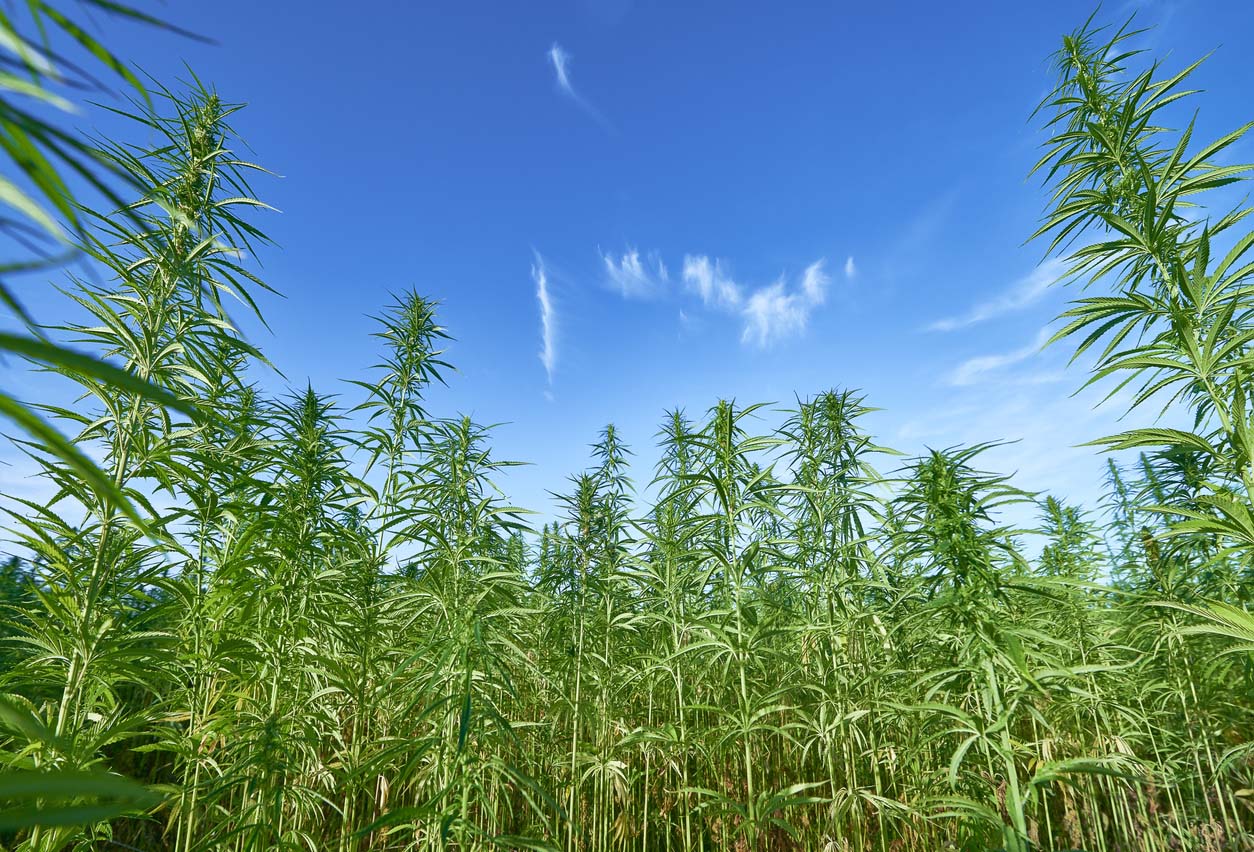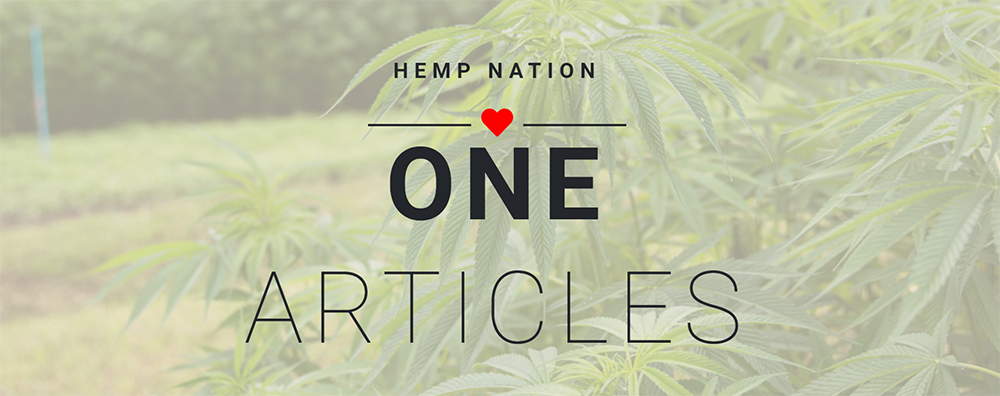
Industrial Hemp Cultivation
Industrial hemp cultivation has been growing in popularity worldwide due to its numerous benefits. Hemp is a versatile crop that can be used for various purposes such as fiber, paper, clothing, construction materials, and even biofuels. However, before hemp fibers can be used for such purposes, they must undergo a rigorous processing regime. This article will explore the various stages of the hemp processing chain, from retting to processing, and the factors that influence successful cultivation.
Retting: The First Step in Hemp Processing
Retting is the first stage in the process of obtaining hemp fibers from the plant’s stalk. It involves soaking or exposing the stalks to moisture until the fibers are separated from the rest of the plant. Retting methods include water, dew, microbial, and chemical retting. Water retting is the traditional method where stalks are submerged in water to allow bacteria to break down the pectin that holds the fibers together. Dew retting involves spreading the stalks on the ground and allowing dew to break down the pectin. Microbial retting involves adding microbes to the water to speed up the process, while chemical retting involves using chemicals to break down the pectin.
Pulling and Drying: Preparing for Decortication
After retting, the fibers are separated from the stalks using a process called pulling. It involves mechanically pulling the fibers away from the stalks using specialized equipment. The pulled fibers are then dried to remove moisture and prepare them for decortication. Drying can be done using natural sunlight, heated air, or a combination of both. The drying process should be carefully monitored to prevent over-drying or under-drying, which can result in damaged or low-quality fibers.
Decortication: Separating Hemp Fibers from Stalks
Decortication is the process of separating the hemp fibers from the stalks. The stalks are mechanically crushed and pounded to loosen the fibers. The separated fibers are then cleaned to remove any remaining woody material and impurities. The cleaned fibers are then processed into various forms, such as rope, textiles, and paper. The leftover woody material can be used for animal bedding, mulch, or biofuel.
The Role of Genetics in Hemp Cultivation
Genetics plays a vital role in hemp cultivation, as it determines the quality and quantity of fibers produced. Hemp plants can be bred to produce high-yielding, disease-resistant, and fiber-rich varieties. The two main types of hemp plants are industrial hemp and marijuana. Industrial hemp contains less than 0.3% THC, the psychoactive compound found in marijuana, and is not used for recreational purposes. Marijuana, on the other hand, is bred for its high THC content and is prohibited in most countries.
Soil and Climate Requirements for Industrial Hemp
Industrial hemp requires well-draining soil, adequate moisture, and sufficient sunlight to grow. The ideal soil pH range for hemp cultivation is between 6.0 and 7.0. Hemp plants can grow in a range of climates, but they thrive best in warm temperatures with at least 12 hours of sunlight per day. Hemp is a highly adaptable crop that can be grown in a variety of soil types and climates, making it an ideal crop for farmers worldwide.
Pests and Diseases in Hemp Farming
Hemp is a hardy crop that is resistant to most pests and diseases. However, some pests, such as aphids, spider mites, and caterpillars, can damage the crop. Diseases such as root rot, powdery mildew, and gray mold can also affect the crop. To prevent pests and diseases, farmers can use natural pesticides and fungicides, crop rotation, and proper plant spacing.
Harvesting Industrial Hemp: Best Practices
Harvesting industrial hemp involves cutting the plants at the base and leaving them to dry in the field for several days. Once dried, the plants are gathered and processed using specialized equipment. Harvesting should be done when the plants reach maturity and the fibers have developed fully. Harvesting too early can result in low-quality fibers, while harvesting too late can result in damaged fibers.
Cleaning and Sorting Hemp Fibers
After harvesting, the hemp fibers must be cleaned and sorted to remove any impurities. The fibers are passed through a series of screens and sieves to separate them by size and quality. The cleaned fibers are then baled and sent for processing.
Industrial Hemp Processing: An Overview
Industrial hemp processing involves turning the raw fibers into usable products. The fibers can be processed into various forms, such as textiles, rope, paper, and building materials. The processing methods include spinning, weaving, knitting, pulping, and molding. The processed fibers are then finished with dyeing or other treatments to improve their aesthetic and functional properties.
Market Outlook for Hemp and Hemp Products
The market for hemp and hemp products is growing rapidly due to the increased demand for sustainable and eco-friendly materials. Hemp products are used in a variety of industries, including textiles, construction, and automotive. The global hemp market is projected to reach $26.6 billion by 2025, driven by the legalization of hemp cultivation and the growing awareness of its benefits.
The Future of Industrial Hemp Cultivation
Industrial hemp cultivation has enormous potential as a sustainable and eco-friendly crop that can be used for various purposes. Hemp cultivation is relatively easy, requires minimal pesticides and fertilizers, and can be grown in a range of climates and soil types. With the increasing demand for sustainable products, the market for hemp and hemp products is expected to grow significantly in the coming years. As more countries legalize hemp cultivation, the future of industrial hemp cultivation looks bright.


